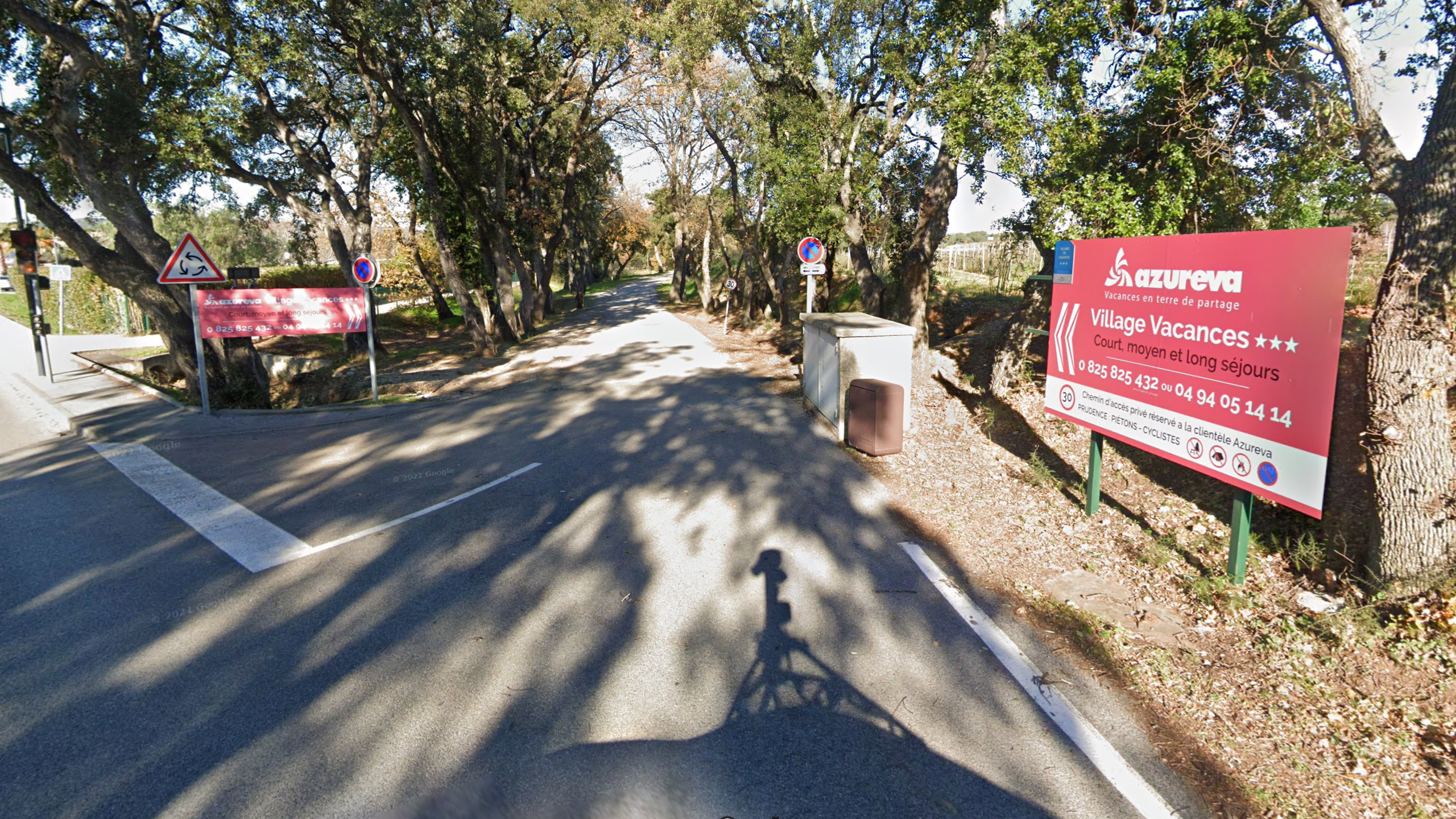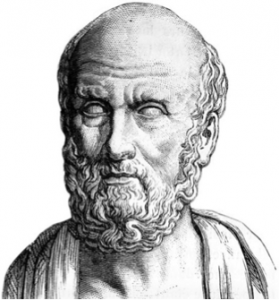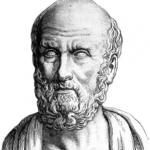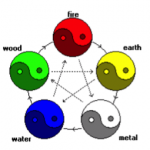13ème RENCONTRES DE L’ADAPTOGENESE
« Adaptogenèse : recherches et développement, les dernières nouveautés. »
Toutes les inscriptions se feront uniquement via le site Yapla , et sont réservées aux adhérents à l’association.
Le congrès aura lieu au cap d’Agde dans le centre Azureva.
le congrès est ouvert aux étudiants ayant terminé les deux années et ayant quelques notions Adaptogenèse.
Un étudiant commençant à peine la formation, ne pourra pas venir au congrès.
Lien d’inscription : https://adaptopraxis.s2.yapla.com/fr/event-85698
Lors de votre inscription :
Merci de bien lire la page d’introduction, vous avez toutes les infos concernant votre séjour, ainsi que les modalités d’annulation.
Afin que tout se passe au mieux dans l’organisation du congrès, lors de votre inscription il faudra faire attention à plusieurs choses :
1/ Être adhérent (e) de l’association
2/ Quand vous allez choisir votre chambre double ou triple, vous pourrez renseigner le nom de la personne avec qui vous voulez être (merci de vous concerter en amont pour pas avoir trop de changements)
3/ C’est aussi là que vous pourrez cocher les cases pour le repas (vegétarien, sans lactose,…)
4/ Attention au moment de valider le paiement , Yapla va mettre d’office une somme pour le fonctionnement de son application (malgré la fonction enlevée elle y est toujours), c’est à vous de mettre 0 €uros.
5/ Vous recevrez un e-mail de confirmation ainsi que un e-mail avec la facture donc regardez bien vos spams et ne vous trompez pas dans votre adresse e-mail.










